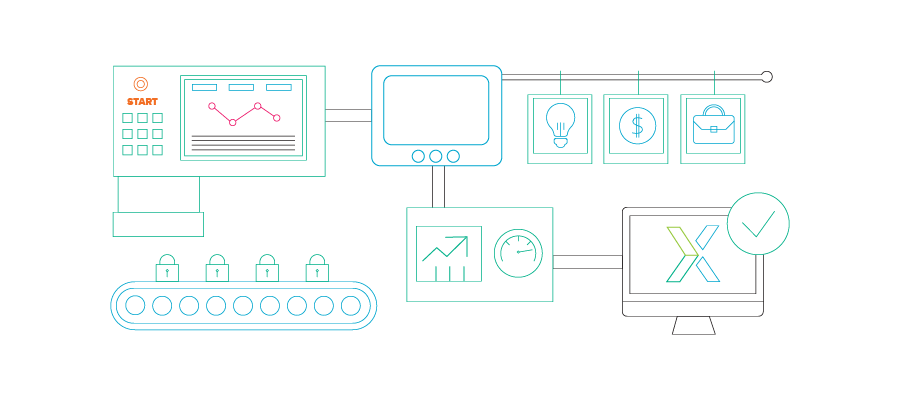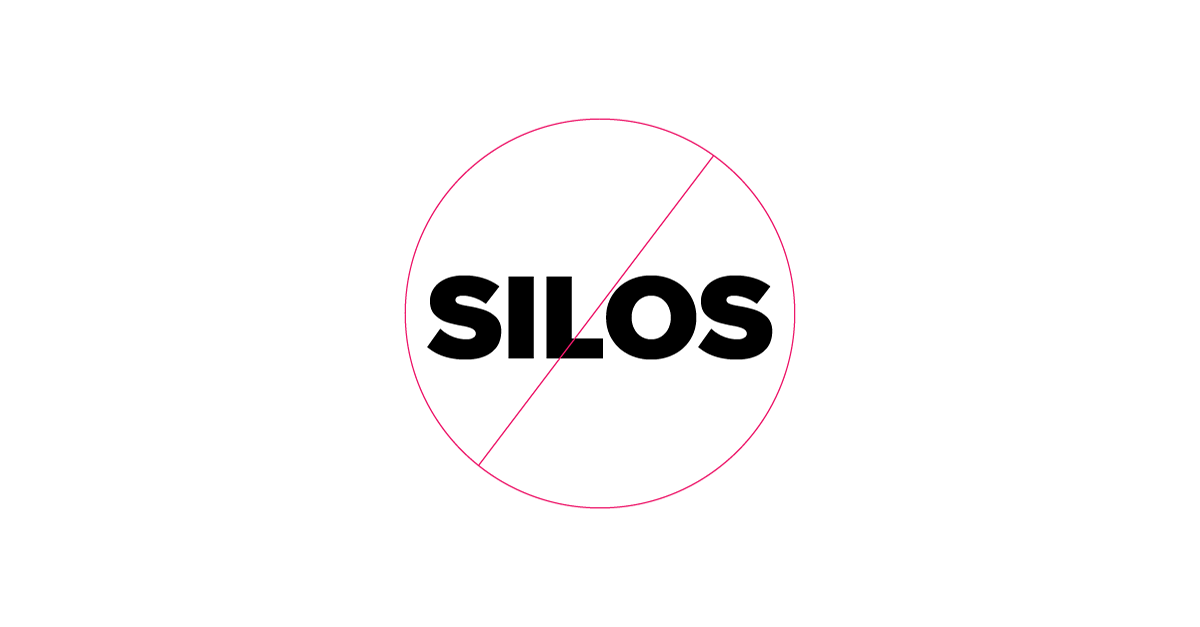Television has held the number one position for most people reached for decades and remains the most consumed media today. Even so, TV ad spend slipped slightly (0.05 percent) in 2018 to $70B. By comparison, programmatic digital advertising increased 21 percent and topped $100B, with Google and Facebook claiming $7 out of every $10 spent. If TV is superior, why is it losing the lion’s share of ad dollars to digital?
The answer is multi-faceted:
- Programmatic digital increases accuracy and eliminates waste
- Programmatic TV (PTV) is perceived as a threat, rather than an opportunity
- Failure to transform legacy systems and infrastructure

Programmatic superiority
Digital has changed consumer viewing habits and preferences, regardless of medium. In fact, digital has spawned the two greatest challenges facing traditional television and its advertisers: lack of attention, and intolerance for irrelevant commercials. There’s a lack of attention due to the availability of massive amounts of content across multiple screens simultaneously. This leads to intolerance for irrelevant ads, and viewers have a choice whether or not to watch commercials thanks to technology, and the myriad of commercial-free choices.
Programmatic digital delivers ads that more effectively capture consumer attention, while eliminating generalist and impersonal offers.
Fear of devaluation
Linear television sells advertising availability based on a 24-hour calendar with pricing dictated by ratings. Historically, there’s been a fear to sell spots to programmatic buyers over concern of commoditization. The fundamental difference between traditional buying (up front, fixed pricing) and digital streaming (variable) also plays into that fear.
In truth, programmatic (i.e. addressable linear, VOD, connected TV) should be viewed and sold as complementary, rather than feared as an attempt to cannibalize up front ad buys.
Failure to transform
Though most enterprise media leadership would be reluctant to admit it, advertising management is still frequently managed with spreadsheets and fax machines. There are numerous examples of manual tasks that can easily be automated such as: checking inventory, retrieving assets from agencies, and extracting data from ad placement systems.
Programmatic TV (PTV) requires AI-driven automation—which requires leadership to optimize data and transform internal systems and processes.
Fortunately, industry leaders are embracing a hybrid-delivery model in response to growing consumer demand—and there are a number of incentives to do so.
Money on the table
Manual ad buying practices result in missed opportunities because it’s impossible to optimize in real time while waiting on reporting. Silo elimination is a prerequisite for data optimization and AI-driven automation. Currently, there are hundreds of TV silos that must be negotiated and managed separately, and uniquely. With programmatic automation a single plan can be executed across all screens and media types with unprecedented targeting and real-time reporting.
Improved personalization
Targeting demographics, reach, and frequency based on gross ratings points (GRPs) is as dated as manual ad management processes. Transformational programmatic TV automation leverages optimized first-, second-, and third-party data as well as personal interest/opt in data, and personality-based tonality in messaging. All of which works together to deliver the most relevant, personalized content on a one-to-one basis.
Campaign unification
Eight out of 10 viewers watch TV with a mobile device nearby. PTV provides a singular platform to seamlessly manage the ad buying process from planning to measurement. Regardless of what device ads are viewed on, management is carried out holistically. Additionally, this unified approach empowers near or real-time campaign optimization—for example: dynamic ad purchasing in a live sporting event as a target viewership ebbs and flows.

Conclusion
Elimination of disparity doesn’t end with data and systems. Before any of the aforementioned transformation can take place, a systemic paradigm shift must take place within the industry. Broadcasters, programmers, and advertisers need to align and embrace the potential of PTV—not base resistance on assumptions and misconceptions.
The technology for real-time bidding and measurement is already available for enterprise media companies prepared to claim the competitive advantage. All it takes is the right people working together to connect the dots.

